Unearthing the Rich History of Southeast Asia
The history of Southeast Asia is a tapestry woven with threads of ancient civilizations, colonial legacies, indigenous cultures, and remarkable archaeological discoveries. This region, nestled between the Indian and Pacific Oceans, has been a melting pot of diverse influences that have shaped its identity over centuries.
Ancient civilizations once flourished in Southeast Asia, leaving behind awe-inspiring remnants of their grandeur. The Khmer Empire, known for the majestic Angkor Wat temple complex in Cambodia, the Majapahit Kingdom of Indonesia, and the maritime power of the Srivijaya Empire are testaments to the advanced societies that thrived in this region.
The colonial legacy of European powers has left an indelible mark on Southeast Asia. The British, Dutch, and French colonial rulers have influenced the political, social, and economic landscapes of countries in the region, shaping their modern identities.
Indigenous cultures in Southeast Asia are as diverse as they are vibrant. From the hill tribes of northern Thailand with their unique customs to the Dayak communities of Borneo steeped in rich traditions, these indigenous groups contribute to the cultural richness of the region.
The archaeological discoveries in Southeast Asia continue to captivate the world. The ancient wonders of Angkor Wat in Cambodia, the Borobudur temple in Indonesia, and the archaeological site of Ban Chiang in Thailand offer glimpses into the region's rich past.
Southeast Asia's historical significance as a hub for trade and maritime activities cannot be overstated. The Spice Trade and the Silk Road connected the East and West through this region, fostering economic prosperity and cultural exchange.
Wars and conflicts have also left profound impacts on Southeast Asia. From the devastation of World War II to the tumultuous Vietnam War and the tragic Cambodian genocide, these events have shaped the societies and politics of the region.
Religious influences have played a pivotal role in shaping the art, architecture, and cultural practices of Southeast Asia. Buddhism, Hinduism, Islam, and other religions have coexisted, creating a diverse religious landscape that is integral to the region's identity.
The modern transformation of Southeast Asia reflects its journey from agrarian societies to emerging economies. Urbanization, technological advancements, and the challenges of globalization have reshaped traditional values and practices, ushering in a new era for the region.
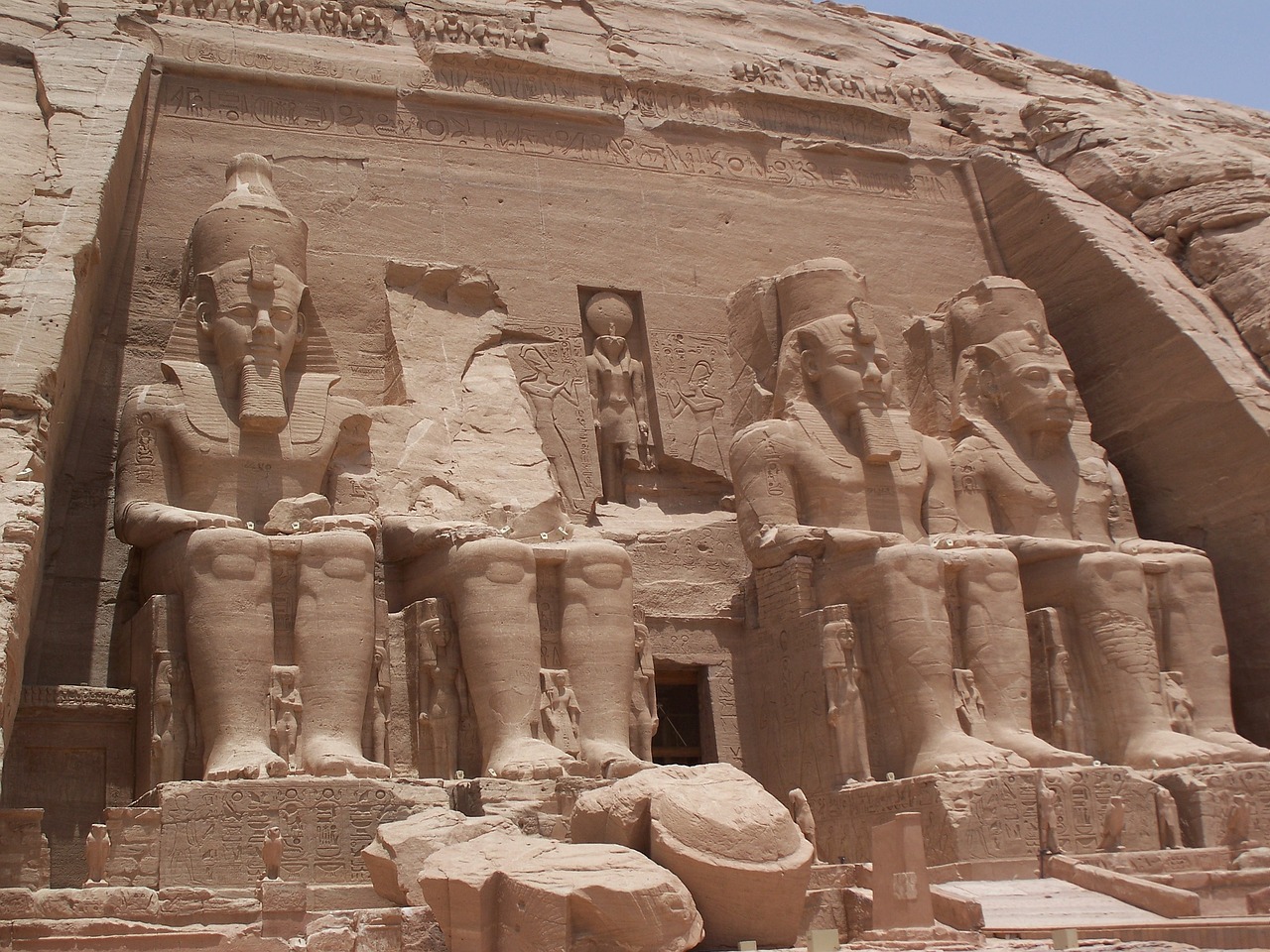
Ancient Civilizations
Exploring the diverse and culturally rich historical past of Southeast Asia, encompassing ancient civilizations, colonial influences, and indigenous traditions that have shaped the region's identity over centuries.
Delving into the majestic empires and advanced societies that once thrived in Southeast Asia, including the Khmer Empire, Majapahit Kingdom, and the Srivijaya Empire. These ancient civilizations left behind a legacy of remarkable architecture, intricate art, and complex social structures that continue to fascinate historians and archaeologists to this day.
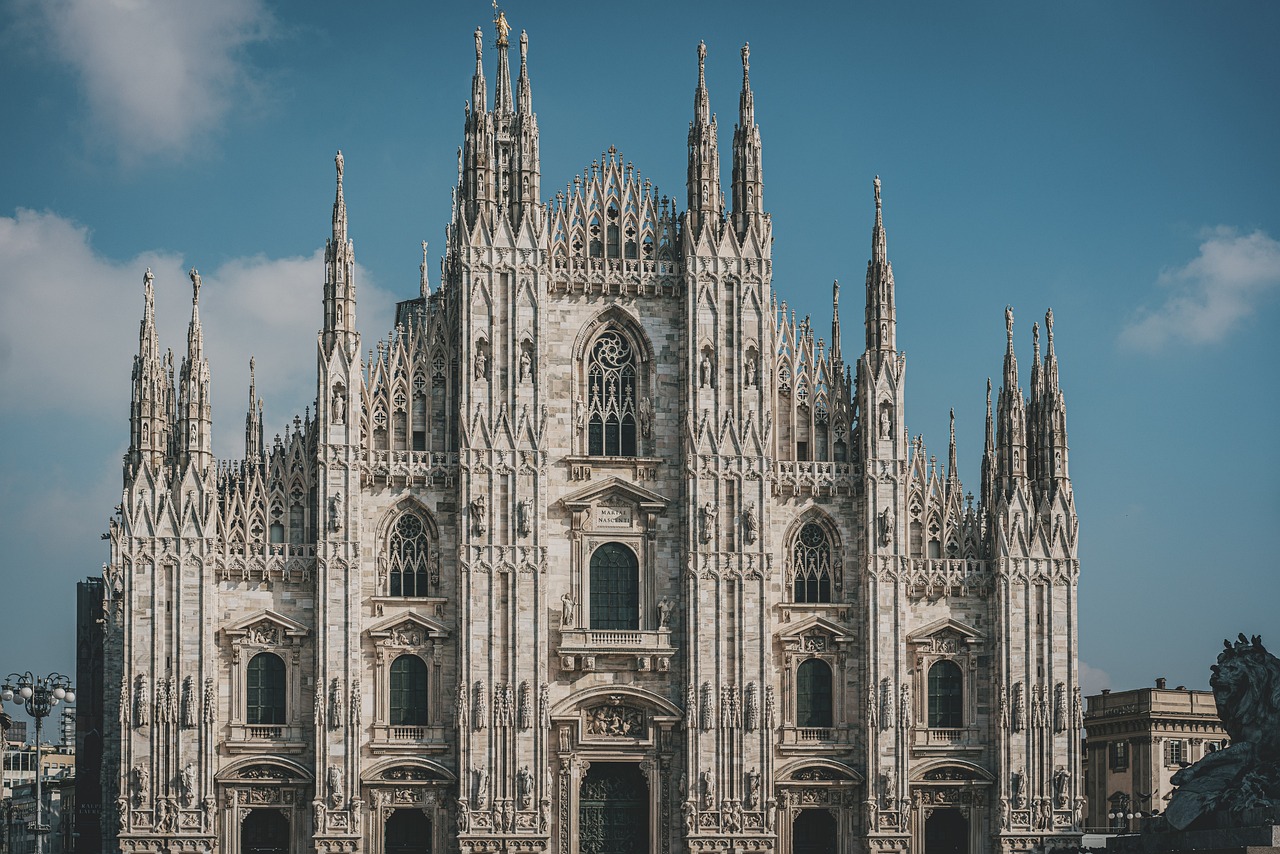
Colonial Legacy
Exploring the diverse and culturally rich historical past of Southeast Asia, encompassing ancient civilizations, colonial influences, and indigenous traditions that have shaped the region's identity over centuries.
The colonial legacy in Southeast Asia stands as a testament to the enduring impact of European powers on the region's development. Countries such as the British, Dutch, and French left indelible marks on the political, social, and economic landscapes of Southeast Asian nations. Through colonization, these powers introduced new governance systems, legal frameworks, and economic structures that continue to influence the region to this day.
One of the most significant aspects of the colonial legacy is the introduction of Western education and culture, leading to a blending of traditional practices with modern influences. The architectural landscape of cities like Singapore, Jakarta, and Hanoi reflects a fusion of European styles with local aesthetics, creating a unique visual tapestry that symbolizes the region's colonial past.
The economic impact of colonialism is also profound, with the establishment of plantations, mining operations, and trading networks that reshaped the region's economic dynamics. The extraction of natural resources and the exploitation of local labor laid the foundation for Southeast Asia's integration into the global economy, albeit under unequal terms dictated by colonial powers.
Furthermore, the legacy of colonialism in Southeast Asia is not solely confined to physical infrastructure or economic systems. It has also left a lasting imprint on the social fabric of societies, influencing language, religion, and social hierarchies. The stratification of society along racial lines, a legacy of colonial divide-and-rule policies, continues to shape interethnic relations in countries like Malaysia and Indonesia.
Despite the challenges and injustices brought about by colonial rule, Southeast Asia has emerged resilient, blending its rich heritage with external influences to create a unique cultural tapestry. The colonial legacy serves as a reminder of the region's ability to adapt, evolve, and preserve its identity amidst changing tides of history.
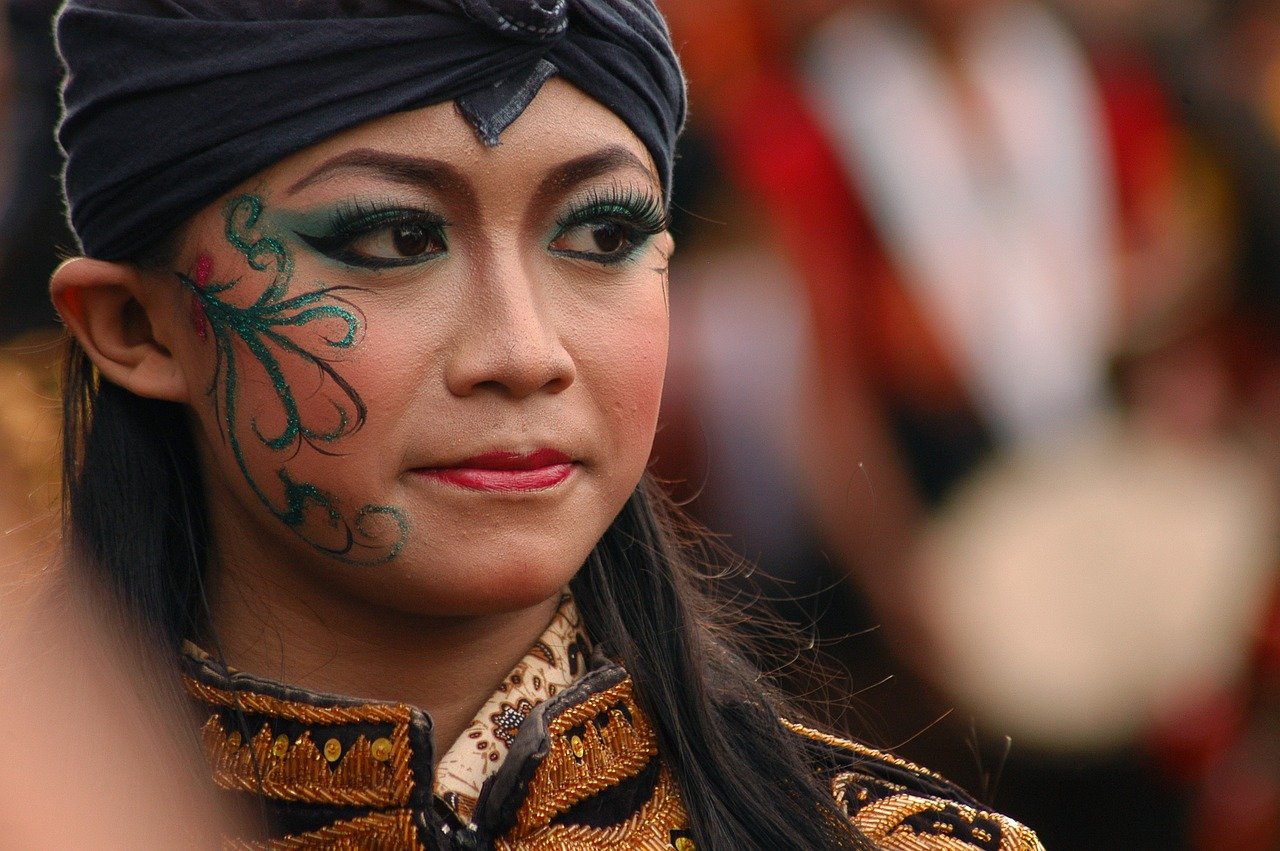
Indigenous Cultures
When we think about Southeast Asia, we often envision a tapestry of diverse cultures and traditions that have been preserved for generations. The indigenous peoples of this region, from the hill tribes of northern Thailand to the Dayak communities of Borneo, embody a rich heritage that is both fascinating and deeply rooted in their lands.
These indigenous cultures are like precious gems scattered across the landscape, each shining with its unique customs, beliefs, and practices. The hill tribes of northern Thailand, such as the Karen and Hmong, have maintained their traditional way of life amidst modernization, showcasing intricate handicrafts and colorful festivals that reflect their close connection to nature.
Similarly, the Dayak communities of Borneo offer a glimpse into a world where ancient rituals and spiritual beliefs intertwine with the rhythms of daily life. Their longhouses, which serve as communal dwellings, stand as testaments to a communal way of living that values kinship and unity.
One cannot overlook the significance of indigenous art forms in Southeast Asia, where intricate weaving, wood carving, and storytelling serve as mediums for preserving cultural heritage. The symbolism embedded in these art forms speaks volumes about the values and beliefs held dear by these communities.
Moreover, the traditional practices of indigenous cultures, such as animistic rituals and shamanistic ceremonies, highlight a profound connection to the natural world and a deep respect for the spirits that inhabit it. These rituals are not just performances but sacred traditions that bind communities together and offer a glimpse into the spiritual realm.
As we delve deeper into the world of indigenous cultures in Southeast Asia, we uncover a treasure trove of wisdom, resilience, and diversity that enrich the tapestry of human experience. These cultures remind us of the importance of preserving our roots, honoring our ancestors, and embracing the richness of diversity that defines our shared humanity.

Archaeological Discoveries
Exploring the diverse and culturally rich historical past of Southeast Asia, encompassing ancient civilizations, colonial influences, and indigenous traditions that have shaped the region's identity over centuries.
Embarking on a journey through time, Southeast Asia unveils a treasure trove of archaeological wonders that offer a glimpse into the region's rich past. Among these remarkable discoveries stand the ancient city of Angkor Wat in Cambodia, a sprawling complex of temples and monuments that showcases the architectural prowess of the Khmer Empire. The intricate carvings and grand structures of Angkor Wat transport visitors to a bygone era of splendor and spiritual devotion.
In Indonesia, the Borobudur temple complex emerges as a testament to the Buddhist heritage of the region. This massive stone structure, adorned with intricate reliefs and stupas, reflects the spiritual beliefs and artistic achievements of the ancient civilizations that once thrived in Southeast Asia.
Further north, in Thailand, the Ban Chiang archaeological site provides insights into the prehistoric communities that inhabited the region thousands of years ago. The discovery of pottery, tools, and burial sites at Ban Chiang has reshaped our understanding of early human settlements in Southeast Asia, shedding light on the cultural and technological advancements of ancient societies.
These archaeological sites not only serve as windows to the past but also contribute to the preservation of Southeast Asia's cultural heritage, inviting visitors to marvel at the ingenuity and creativity of the civilizations that once flourished in the region.
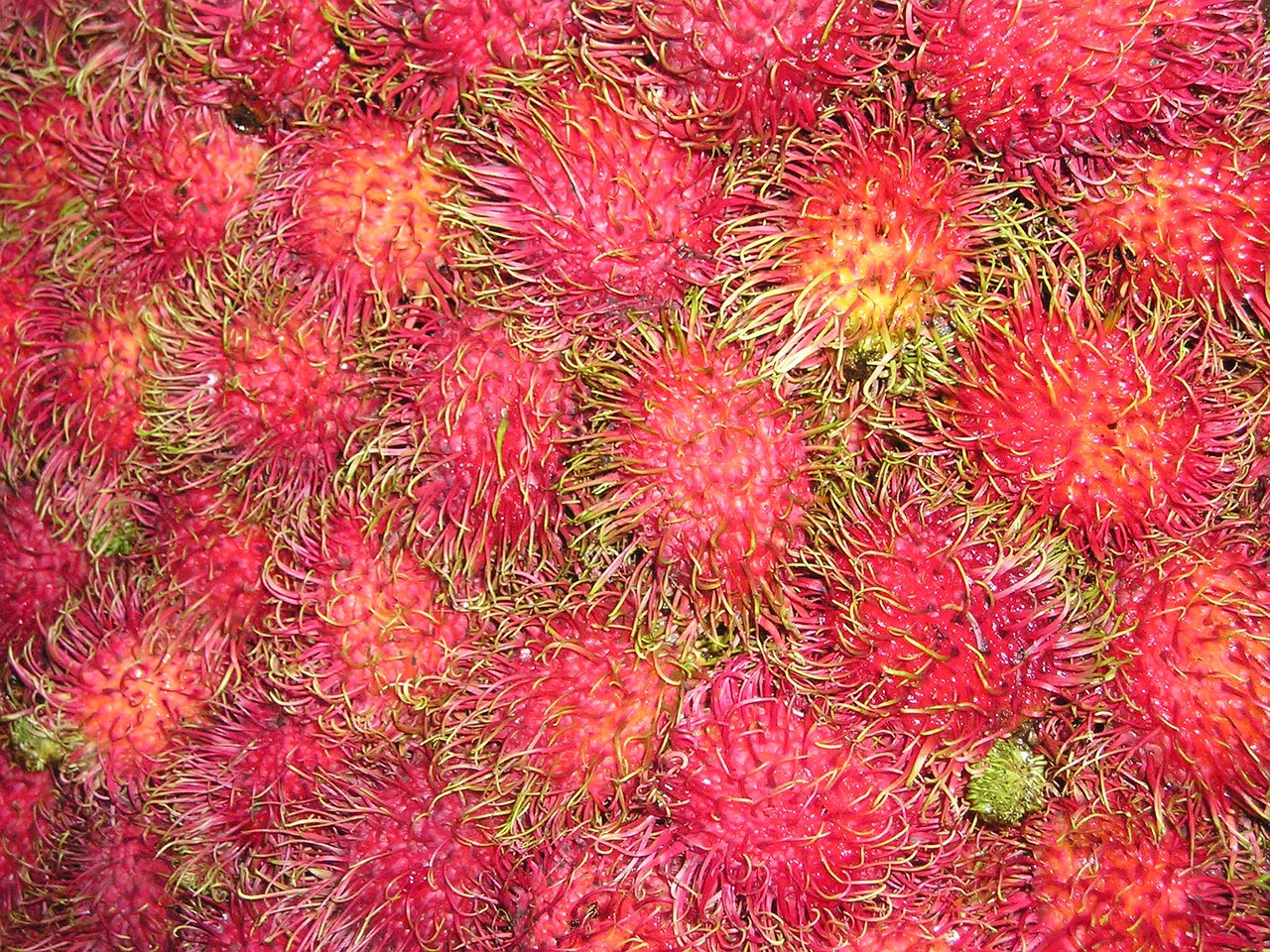
Trade Routes and Maritime History
Exploring the diverse and culturally rich historical past of Southeast Asia, encompassing ancient civilizations, colonial influences, and indigenous traditions that have shaped the region's identity over centuries.
Delving into the majestic empires and advanced societies that once thrived in Southeast Asia, including the Khmer Empire, Majapahit Kingdom, and the Srivijaya Empire.
Examining the lasting impact of European colonial powers such as the British, Dutch, and French on the political, social, and economic landscapes of Southeast Asian countries.
Celebrating the vibrant and diverse indigenous cultures of Southeast Asia, from the hill tribes of northern Thailand to the Dayak communities of Borneo, each with its unique traditions and heritage.
Highlighting significant archaeological finds in Southeast Asia, such as the ancient city of Angkor Wat in Cambodia, the Borobudur temple in Indonesia, and the Ban Chiang archaeological site in Thailand.
Exploring the historical significance of Southeast Asia as a hub for maritime trade, connecting the East and West through the Spice Trade and the Silk Road, shaping the region's economic and cultural development.
Examining the impact of wars and conflicts in Southeast Asia, including World War II, the Vietnam War, and the Cambodian genocide, and their lasting effects on the region's societies and politics.
Tracing the influence of Buddhism, Hinduism, Islam, and other religions on the art, architecture, and cultural practices of Southeast Asia, creating a diverse religious landscape in the region.
Analyzing the modern transformation of Southeast Asia from agrarian societies to emerging economies, urbanization, technological advancements, and the challenges of globalization on traditional values and practices.
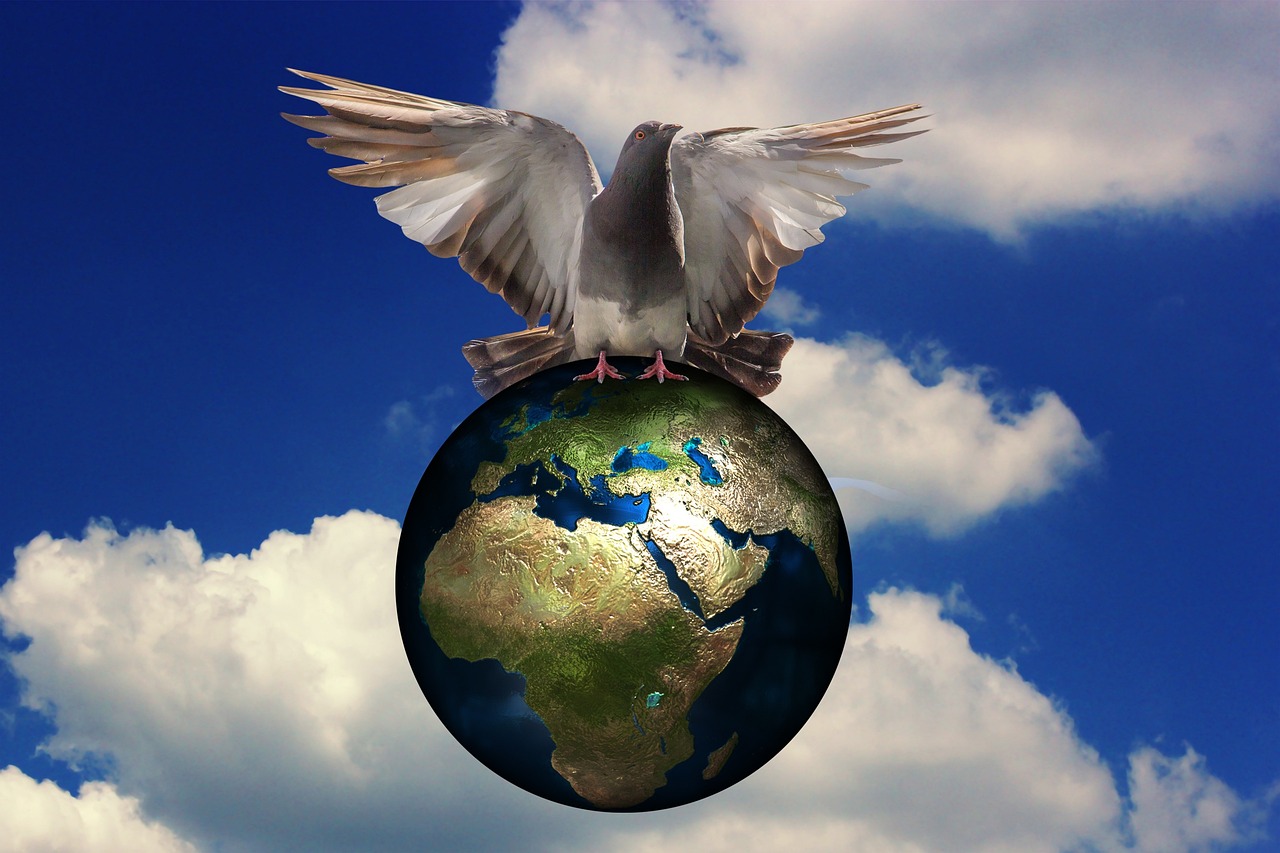
War and Conflict
War and conflict have left deep scars on the tapestry of Southeast Asia, shaping the region's history and societies in profound ways. The tumultuous events of World War II, with its devastating impact on countries like Vietnam, Cambodia, and the Philippines, continue to reverberate through generations. The Vietnam War, in particular, stands out as a stark reminder of the human cost of ideological conflicts, leaving a trail of destruction and trauma that lingers to this day.
Amidst the chaos of war, stories of resilience and heroism emerged, showcasing the indomitable spirit of the Southeast Asian people. The Cambodian genocide under the Khmer Rouge regime stands as a harrowing chapter, highlighting the darkest depths of human cruelty and the enduring quest for justice and reconciliation. The scars of war, both physical and emotional, serve as poignant reminders of the need for peace and understanding in a region marked by strife and turmoil.
From the colonial era to modern conflicts, Southeast Asia has been a battleground for competing interests and ideologies, with external powers often dictating the course of events. The legacy of war and conflict continues to shape the political landscape of the region, influencing diplomatic relations and security policies. The scars of past conflicts serve as a stark warning against the dangers of unchecked aggression and the importance of dialogue and diplomacy in resolving disputes.
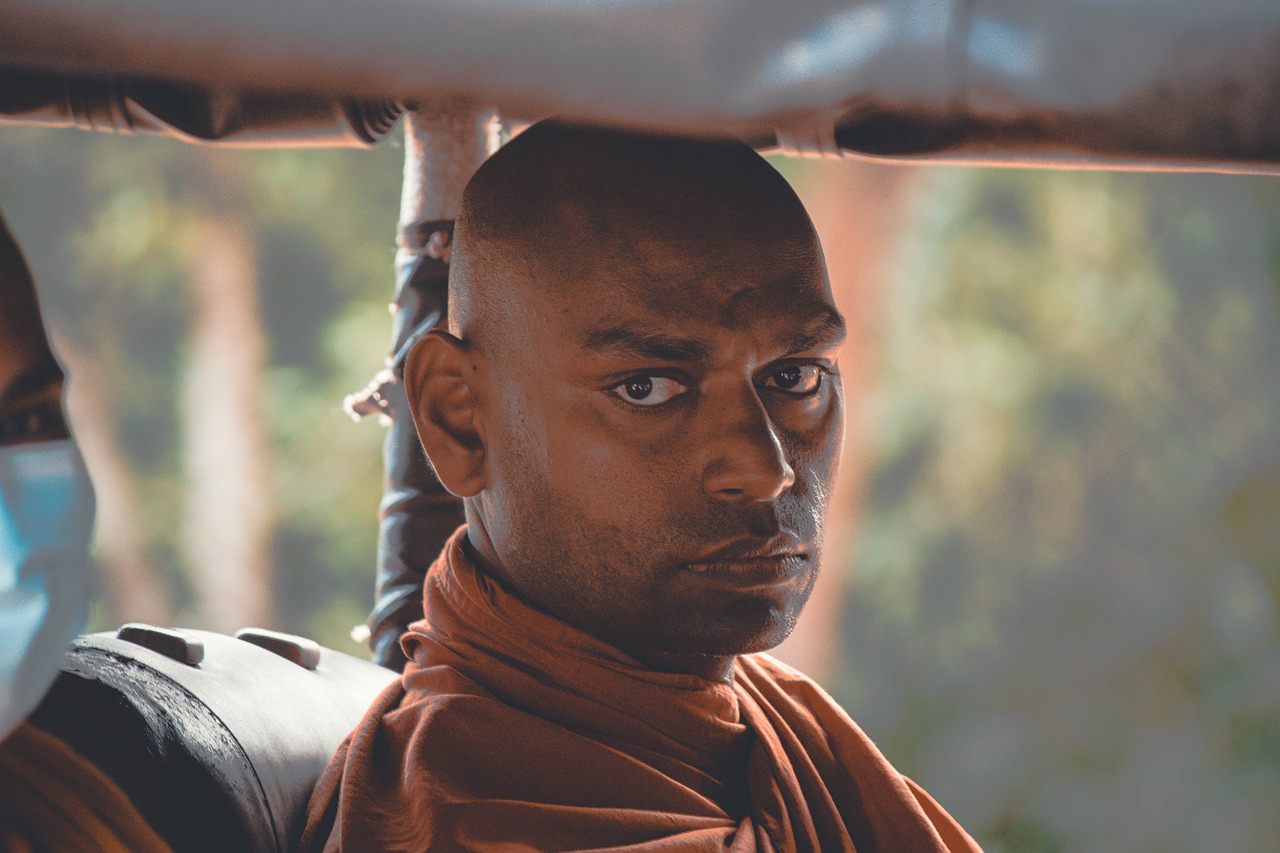
Religious Influence
Religious influence in Southeast Asia is a tapestry woven with threads of Buddhism, Hinduism, Islam, and various indigenous beliefs, creating a vibrant and diverse spiritual landscape across the region. The ancient temples of Angkor Wat in Cambodia, Borobudur in Indonesia, and the intricate mosques of Malaysia stand as testaments to the profound impact of these religions on the art and architecture of Southeast Asia. Each religion has left its mark, shaping the cultural practices and traditions of the local communities.
One of the most striking aspects of religious influence in Southeast Asia is the syncretism and harmonious coexistence of different faiths. In countries like Indonesia and Malaysia, where Islam is predominant, traces of Hindu-Buddhist traditions can still be found in the local customs and rituals. This unique blend of beliefs has created a rich tapestry of cultural heritage that is celebrated and preserved by the people of Southeast Asia.
Moreover, the religious influence extends beyond the spiritual realm and permeates into everyday life. Festivals like Vesak in Thailand, Diwali in Singapore, and Eid al-Fitr in Indonesia bring communities together in joyous celebrations, showcasing the deep-rooted religious traditions that have been passed down through generations.
Religious sites such as the Shwedagon Pagoda in Myanmar, the Prambanan temple complex in Indonesia, and the Batu Caves in Malaysia serve as pilgrimage destinations for devotees and tourists alike, attracting visitors from around the world to witness the architectural marvels and spiritual sanctuaries that dot the Southeast Asian landscape.
In conclusion, the religious influence in Southeast Asia is a testament to the enduring legacy of faith and spirituality in shaping the cultural identity of the region. From ancient temples to modern mosques, the diverse religious landscape of Southeast Asia continues to inspire awe and reverence, reflecting the deep-rooted beliefs and traditions that have stood the test of time.
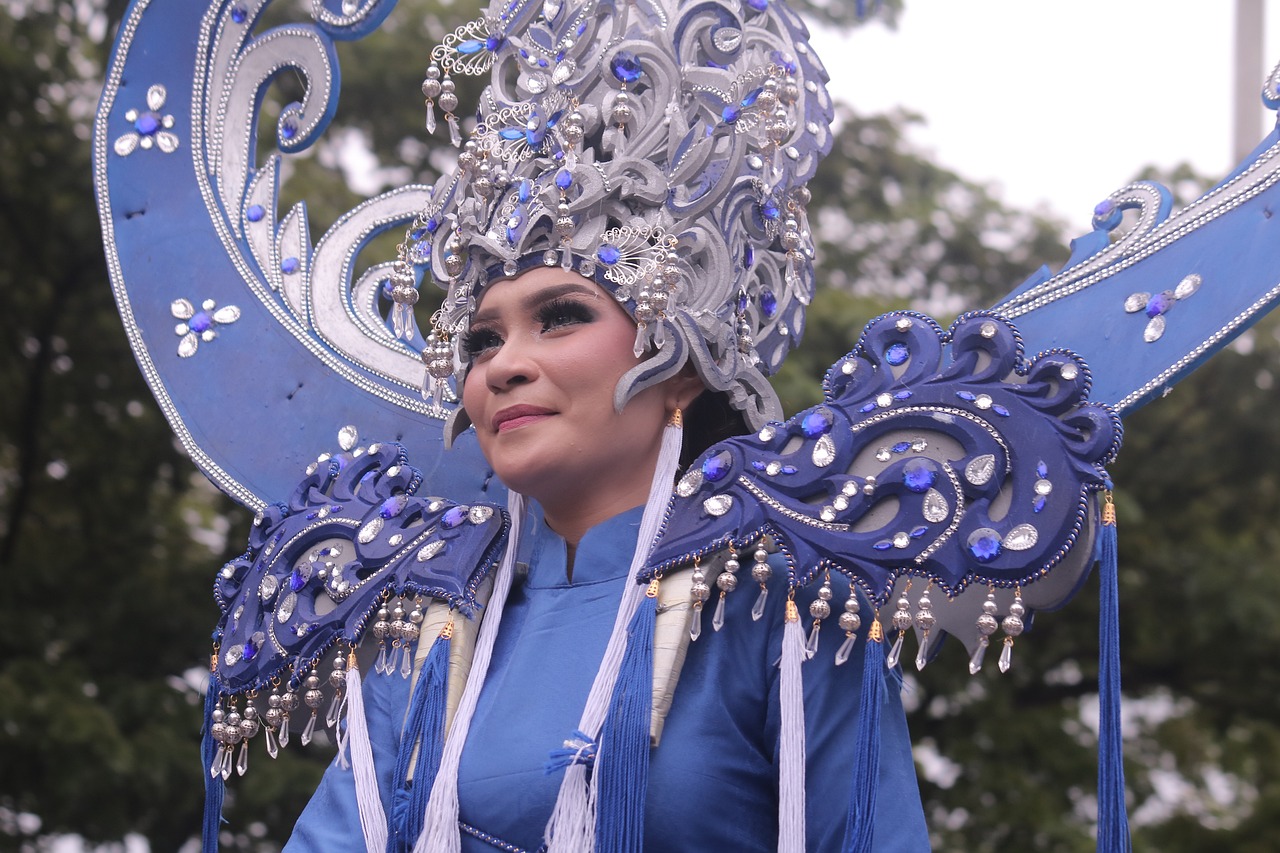
Modern Transformation
Exploring the diverse and culturally rich historical past of Southeast Asia, encompassing ancient civilizations, colonial influences, and indigenous traditions that have shaped the region's identity over centuries.
Delving into the majestic empires and advanced societies that once thrived in Southeast Asia, including the Khmer Empire, Majapahit Kingdom, and the Srivijaya Empire.
Examining the lasting impact of European colonial powers such as the British, Dutch, and French on the political, social, and economic landscapes of Southeast Asian countries.
Celebrating the vibrant and diverse indigenous cultures of Southeast Asia, from the hill tribes of northern Thailand to the Dayak communities of Borneo, each with its unique traditions and heritage.
Highlighting significant archaeological finds in Southeast Asia, such as the ancient city of Angkor Wat in Cambodia, the Borobudur temple in Indonesia, and the Ban Chiang archaeological site in Thailand.
Exploring the historical significance of Southeast Asia as a hub for maritime trade, connecting the East and West through the Spice Trade and the Silk Road, shaping the region's economic and cultural development.
Examining the impact of wars and conflicts in Southeast Asia, including World War II, the Vietnam War, and the Cambodian genocide, and their lasting effects on the region's societies and politics.
Tracing the influence of Buddhism, Hinduism, Islam, and other religions on the art, architecture, and cultural practices of Southeast Asia, creating a diverse religious landscape in the region.
As Southeast Asia transitions from agrarian societies to emerging economies, a profound modern transformation is underway. Urbanization is rapidly reshaping the landscape, with bustling cities emerging as centers of commerce and culture. Technological advancements are revolutionizing industries, from manufacturing to services, propelling the region towards innovation and growth. However, this transformation is not without challenges. Globalization brings both opportunities and threats, as traditional values and practices are tested in the face of rapid change.
Stay tuned for answers to common queries about the rich history of Southeast Asia!
Frequently Asked Questions
- What are some famous ancient civilizations in Southeast Asia?
Ancient civilizations in Southeast Asia include the Khmer Empire, Majapahit Kingdom, and the Srivijaya Empire, known for their advanced societies and architectural marvels.
- How did European colonial powers influence Southeast Asia?
European colonial powers such as the British, Dutch, and French left a lasting impact on Southeast Asia, shaping the region's political, social, and economic landscapes through colonization and trade.
- What are some significant archaeological discoveries in Southeast Asia?
Notable archaeological finds in Southeast Asia include the ancient city of Angkor Wat in Cambodia, the Borobudur temple in Indonesia, and the Ban Chiang archaeological site in Thailand, showcasing the region's rich history.
- How has religion influenced the culture of Southeast Asia?
Religions like Buddhism, Hinduism, and Islam have played a significant role in shaping the art, architecture, and cultural practices of Southeast Asia, contributing to the region's diverse religious landscape.
- What are some key aspects of the modern transformation of Southeast Asia?
The modern transformation of Southeast Asia involves the shift from agrarian societies to emerging economies, urbanization, technological advancements, and the challenges of globalization impacting traditional values and practices.



















